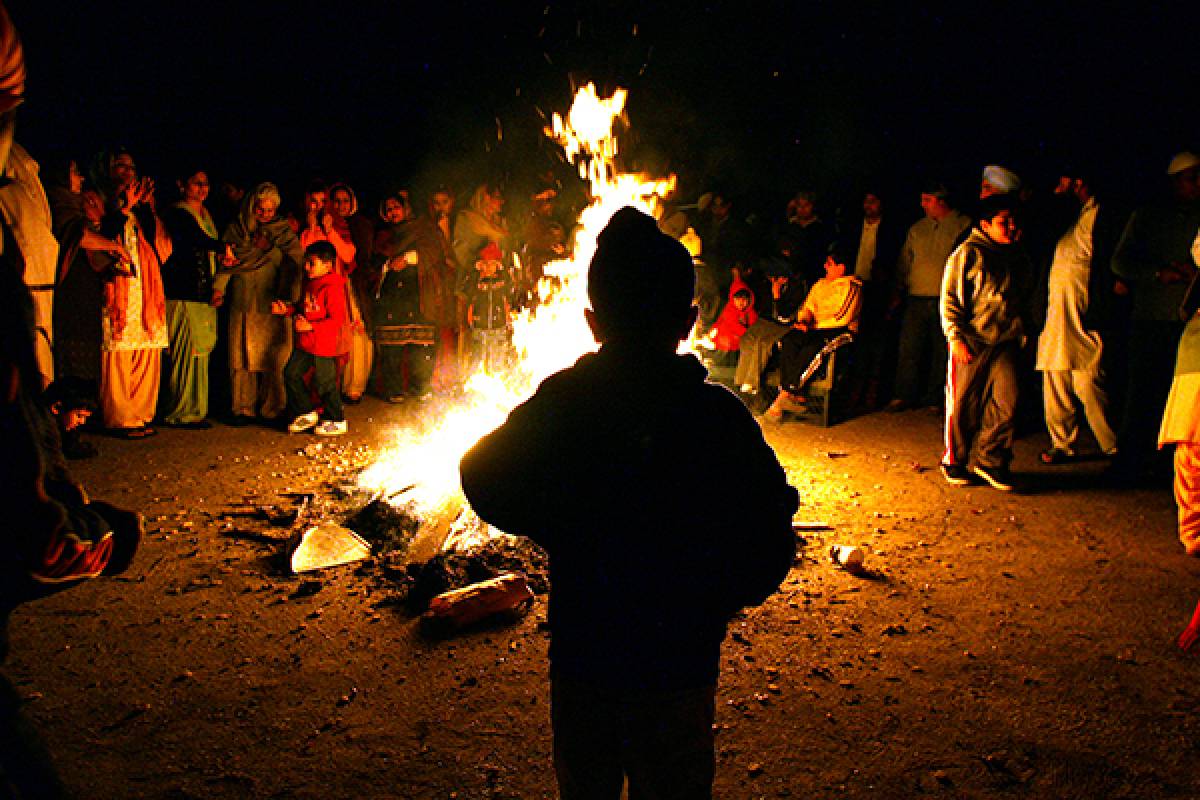Lohri, deeply rooted in the agricultural tapestry of Punjab and Haryana, signifies the culmination of the winter solstice and the dawn of a promising harvest season. As the golden wheat fields reach their prime in January, the festival becomes a jubilant ode to the tireless efforts of farmers.
On this auspicious day, the sun enters the zodiac of Makara (Capricorn), symbolising not just the end of winter but a fresh beginning. Legends trace Lohri’s origin to the Himalayan region, where the biting cold amplifies the festival’s warmth.
A legendary figure, ‘Dulla Bhatti,’ akin to Robin Hood, becomes the centre of attention on Lohri. His gallant deeds during the Mughal era, saving girls from slavery and ensuring their weddings, are commemorated through spirited songs and dances.
Celebrations:
The heart of Lohri celebrations lies in the crackling bonfires that unite communities. Families gather at a common place, offering prayers for a prosperous harvest. Peanuts, gur ki rewari, and makhana are tossed into the flames, a symbolic gesture to please the fire deity.
Unlike many Indian festivals centred around home visits, Lohri transforms public spaces into arenas of joy. A colossal bonfire takes centre stage, surrounded by an array of sweet delicacies. The beats of the dhol, lively Bhangra and Gidda performances, turn the night into a rhythmic celebration.Traditional Fare:
The feasting during Lohri revolves around sheaves of roasted corn from the fresh harvest. As the sugarcane harvest concludes in January, sweet delights like gurh and gachak become integral to the festive spread.Sun Worship:
Lohri is also a dedicated ode to Surya, the sun deity. Devotees, anticipating the sun’s return after chilly winter days, seek its warmth and blessings for the upcoming season.Lohri, a cherished festival among Sikhs and Hindus in Punjab, not only celebrates agriculture but also binds communities in shared jubilation.

